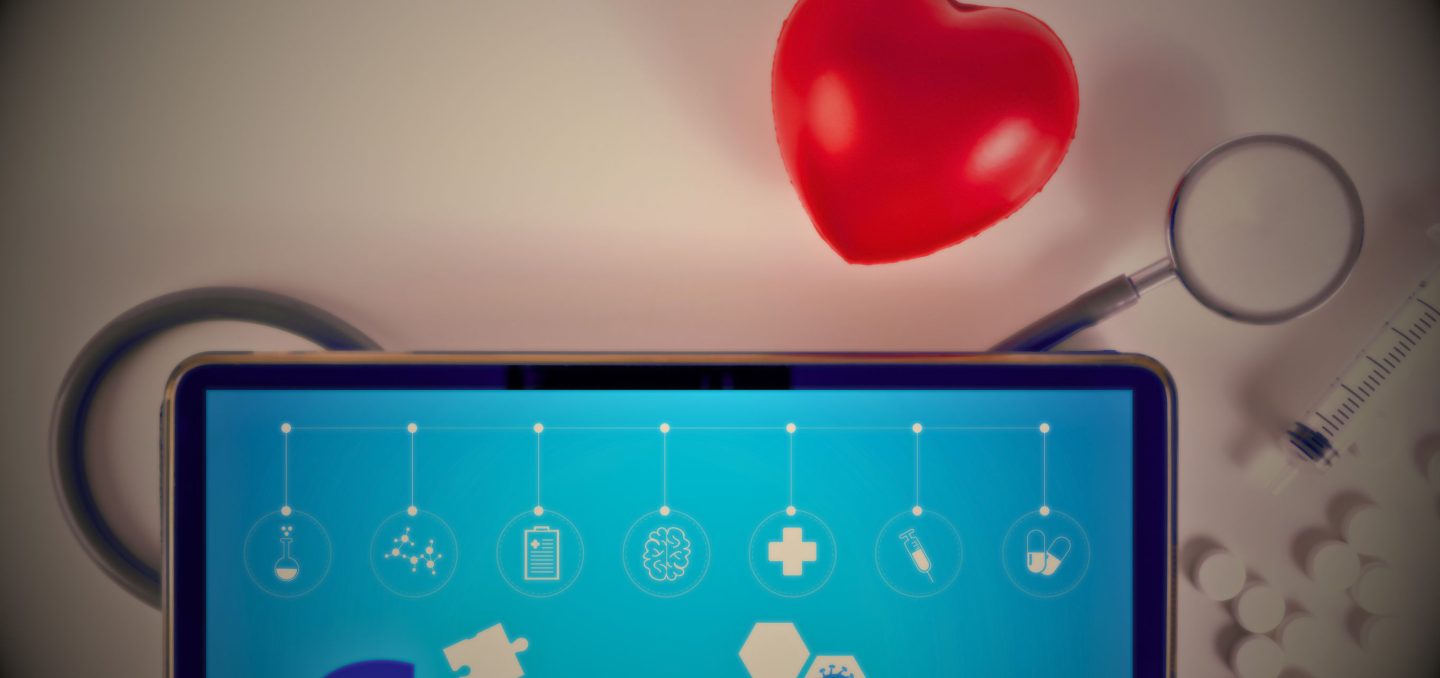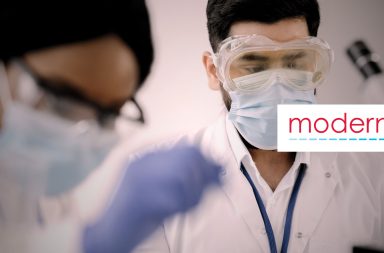Electronic Health Records (EHRs) have transformed healthcare by centralizing patient information and providing a comprehensive view of their medical history. While structured data in EHRs offers standardized information like demographics and lab results, unstructured data, such as doctor’s notes and imaging reports, provides nuanced insights into a patient’s condition. Previous research primarily focused on forecasting using structured data, limiting the scope of predictions. However, about 80% of patient data exists in unstructured formats, emphasizing the need to leverage this information for accurate forecasting.
Novel approach: Foresight
In response to this challenge, a groundbreaking model named Foresight has been developed, integrating both structured and unstructured data within EHRs to forecast disorders and biomedical concepts. Unlike previous models limited by specific outcomes and timeframes, Foresight offers a versatile approach capable of predicting a wide range of medical events and concepts. Inspired by GPT-3, Foresight is trained to implicitly understand various tasks within healthcare, including risk forecasting, differential diagnoses, and suggesting treatments.
Read the full issue on this novel approach on The Lancet Digital Health
Methods
The Foresight pipeline comprises four main components: data retrieval and preprocessing, structuring free-text information, deep-learning modeling, and a user-friendly web application. Leveraging data from multiple hospitals, including King’s College Hospital, South London and Maudsley NHS Foundation Trust, and the US Medical Information Mart for Intensive Care III, Foresight was trained and tested across diverse patient populations and healthcare settings.
Results
Foresight demonstrated exceptional performance in extracting biomedical concepts from clinical text, achieving high precision and recall rates. Evaluation on test datasets showcased its ability to forecast disorders with significant accuracy, outperforming previous models. Additionally, qualitative analysis involving clinicians confirmed the relevance and clinical utility of Foresight’s predictions.
The introduction of Foresight represents a paradigm shift in healthcare forecasting, offering a scalable and comprehensive approach applicable across mental and physical health domains. Its generative nature enables the simulation of patient trajectories, facilitating research into treatment outcomes and decision-making processes. While promising, Foresight’s adoption for clinical decision support requires further validation and refinement to ensure alignment with contemporary medical guidelines and practices.
In conclusion, Foresight heralds a new era in healthcare forecasting, leveraging the power of deep learning to harness the wealth of information contained within EHRs. With its potential applications spanning education, research, and clinical practice, Foresight promises to revolutionize patient care and outcomes in the digital age. As advancements continue, foresight holds the key to unlocking deeper insights into disease progression, treatment efficacy, and personalized medicine.



